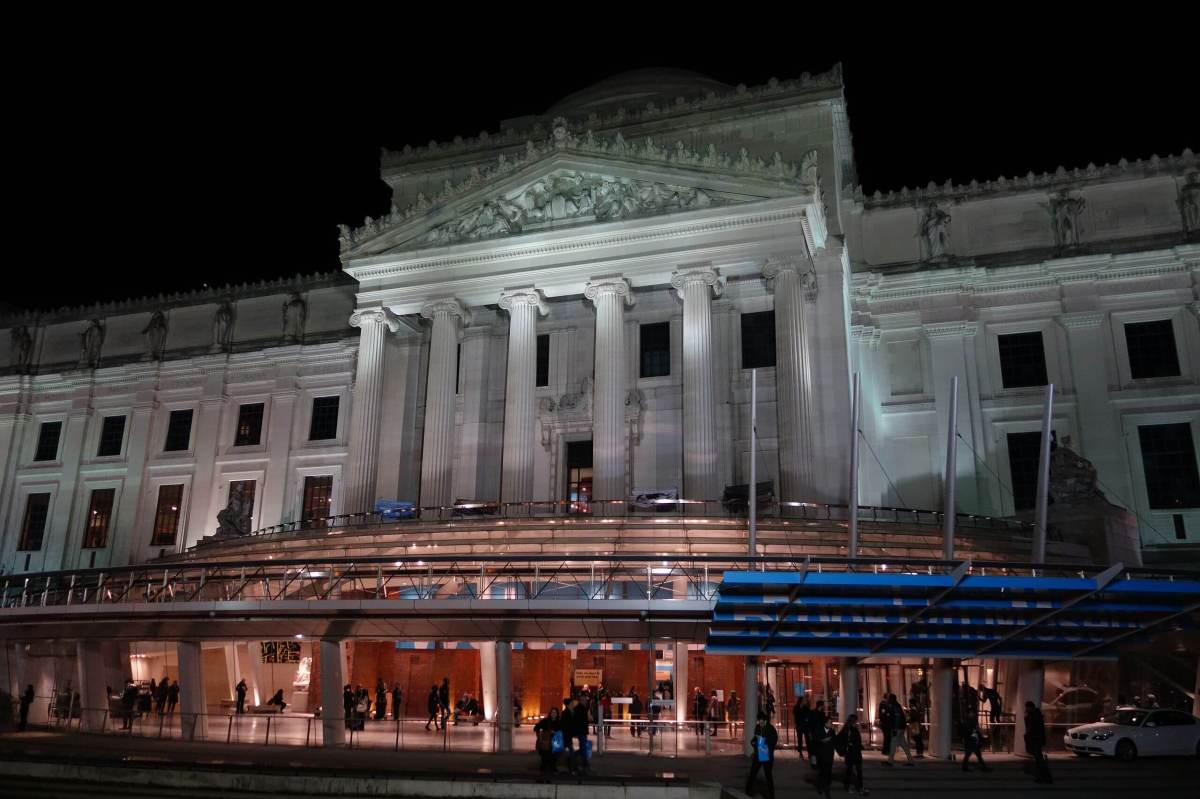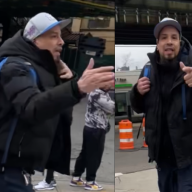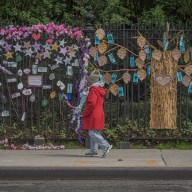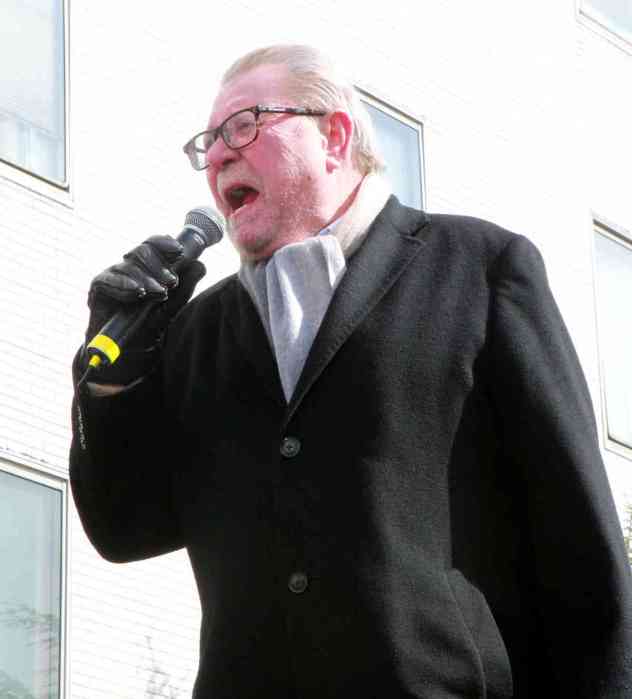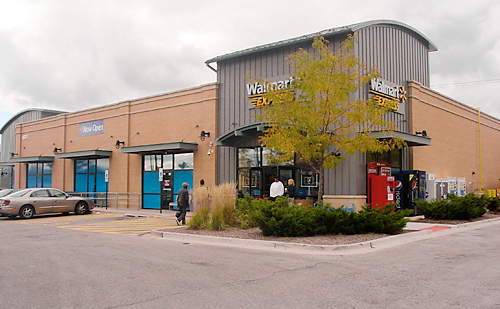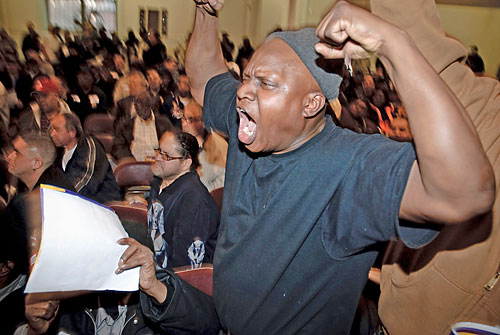Staff at the Brooklyn Museum have overwhelmingly voted to form a union, becoming the latest in a string of museum workforces that have opted to collectively bargain.
In a National Labor Relations Board election this week, employees of the Eastern Parkway cultural institution in departments like curation, conservation, events, exhibits, and reception voted 96 percent in favor of joining United Auto Workers Local 2110 — a union that represents a number of museums staffs, such as the Museum of Modern Art, the New Museum, the Tenement Museum, and the Whitney.
UAW 2110 also represents workers at academic and cultural institutions like Columbia University, New York University, and the Brooklyn Academy of Music, along with many other national organizations.
Some 110 Brooklyn Museum workers are now represented by UAW, which will be the second union to represent Brooklyn Museum staff — as District Council 37 Local 1502 already represents security, operations, maintenance, and administrative staff.
A museum spokesperson said in a statement that the museum respects its workers’ right to organize.
“Above all, we are committed to supporting our staff and have respected their right to organize,” the spokesperson said. “We remain committed to working with the union moving forward.”
The museum world has seen a wave of unionization in recent years; earlier this month, Whitney employees voted to unionize with Local 2110, while the Tenement Museum and New Museum voted to unionize in the past two years. While every museum is different, common themes include low salaries, pay inequity, inadequate health care and other benefits, and poor job security, says Local 2110 President Maida Rosenstein.
“It’s endemic at museums that people have been low paid. Even highly educated professionals are low paid,” Rosenstein told Brooklyn Paper. “Using part-time workers without benefits is ubiquitous at museums.”
While these issues were identified well before the pandemic, they have been exacerbated during the pandemic, as many museums laid off or furloughed staff after lockdowns (and slow foot traffic after reopening) decimated finances. The Brooklyn Museum laid off 29 employees in July of last year, according to Hyperallergic.
“During the pandemic and these closures, a lot of institutions laid people off or furloughed people,” Rosenstein said. “And that certainly also led a lot of workers to feel like they have to organize.”
Natalya Swanson, a conservator who has worked at the museum since 2019, and an organizer with the union, said that collective bargaining will create a more democratic workplace, and that employees are excited to begin negotiating a contract with the museum.
“We see many advantages to having a more democratic voice within the institution,” Swanson said. “I think that the idea of collectively bargaining is of interest for reasons like clear paths for promotion, pay equity, job security, retaining the things we like about our workplace, creating minimum standards in general.”
Swanson, who says that the museum has stayed “relatively supportive” and not hostile to the organizing effort, said that the union will now form a bargaining committee and begin writing up a contract in advance of more formal negotiations with management.


